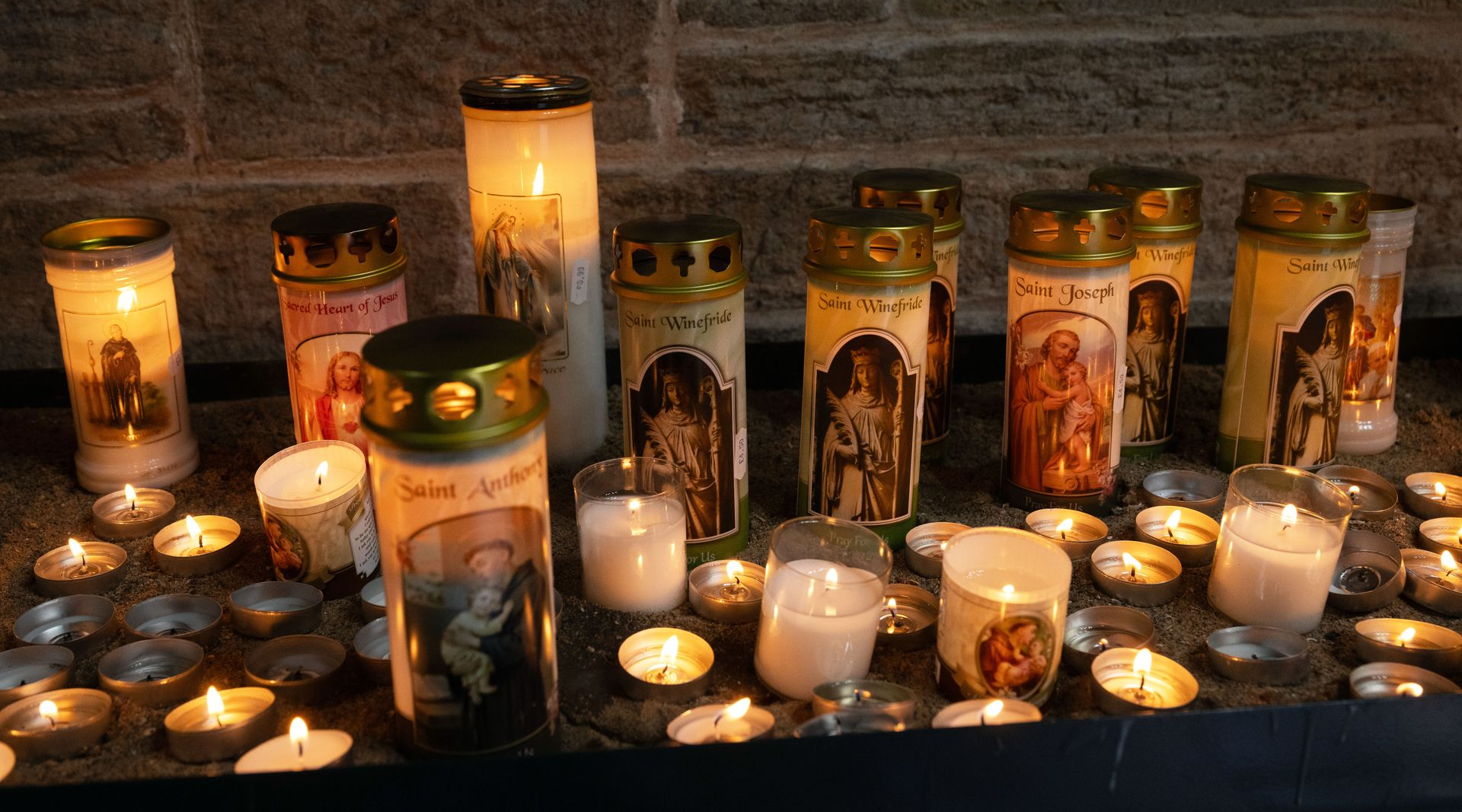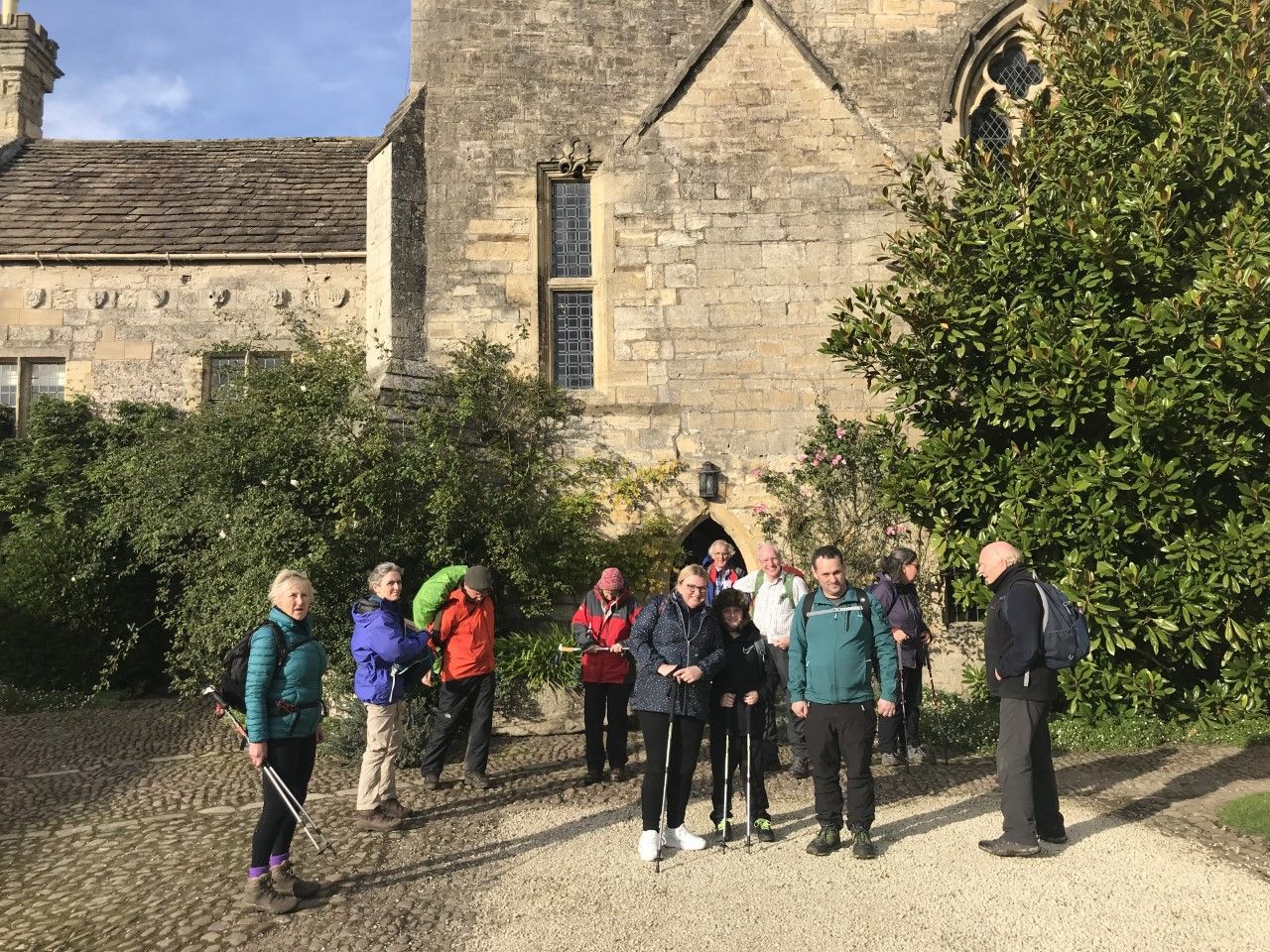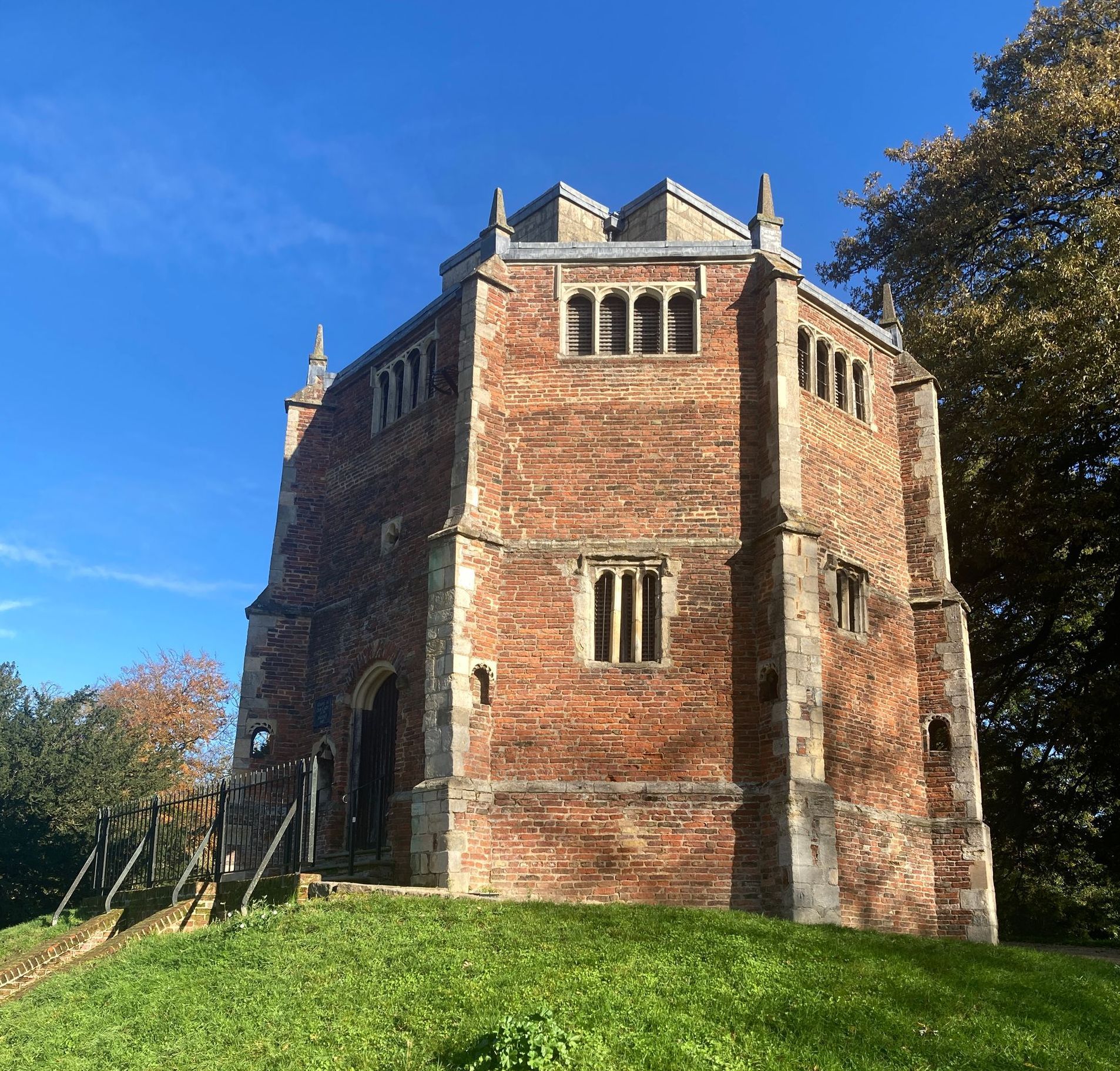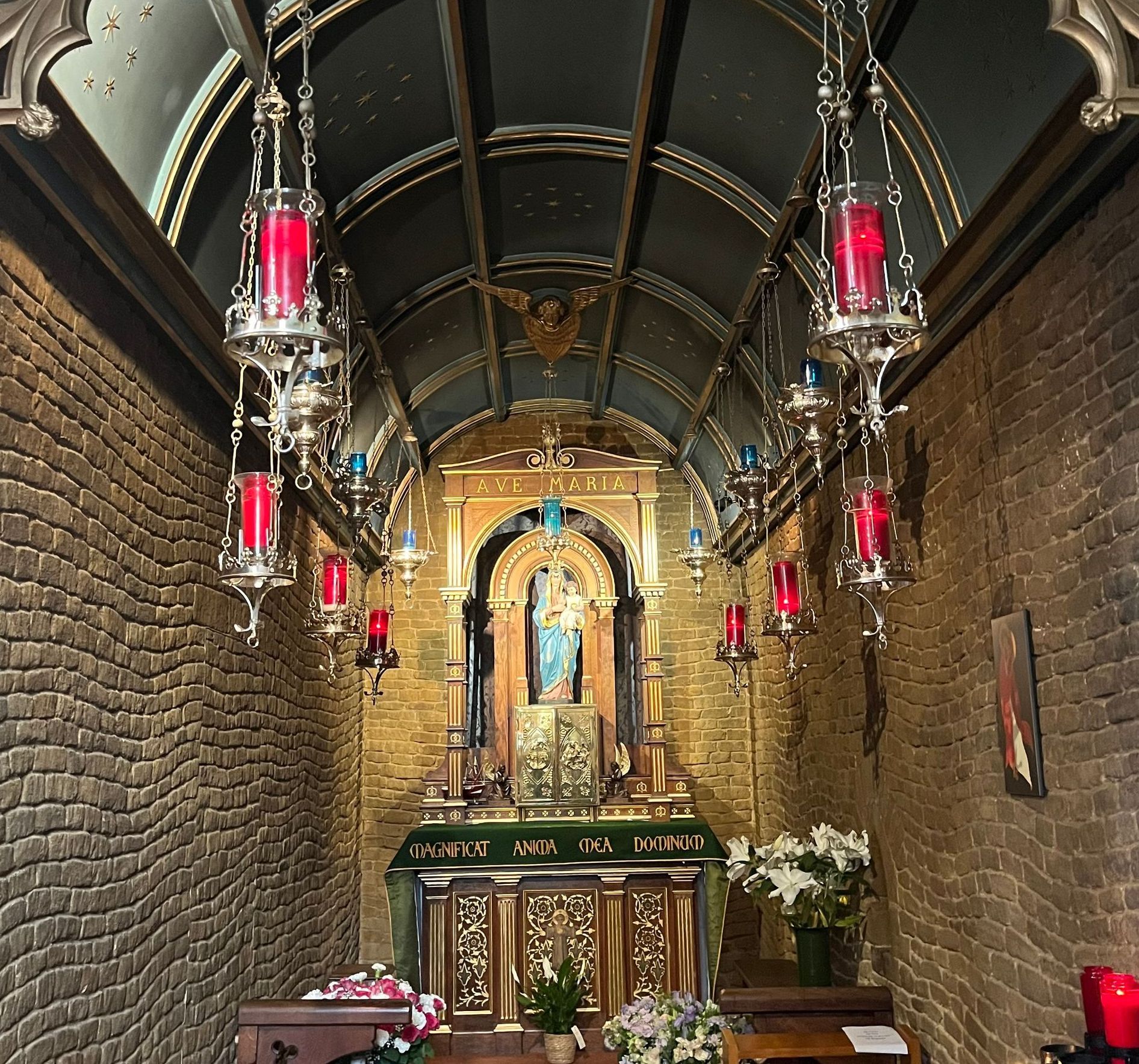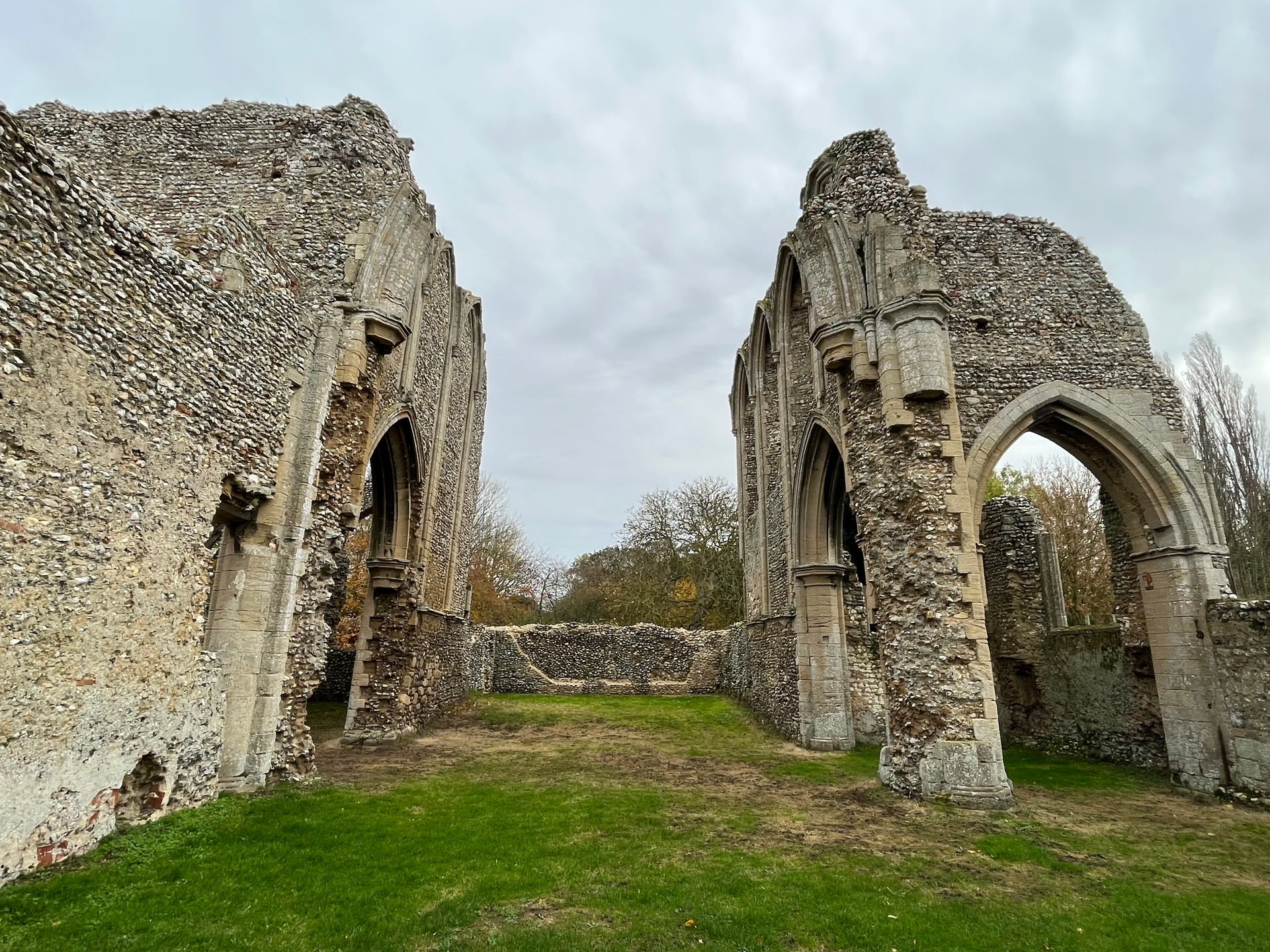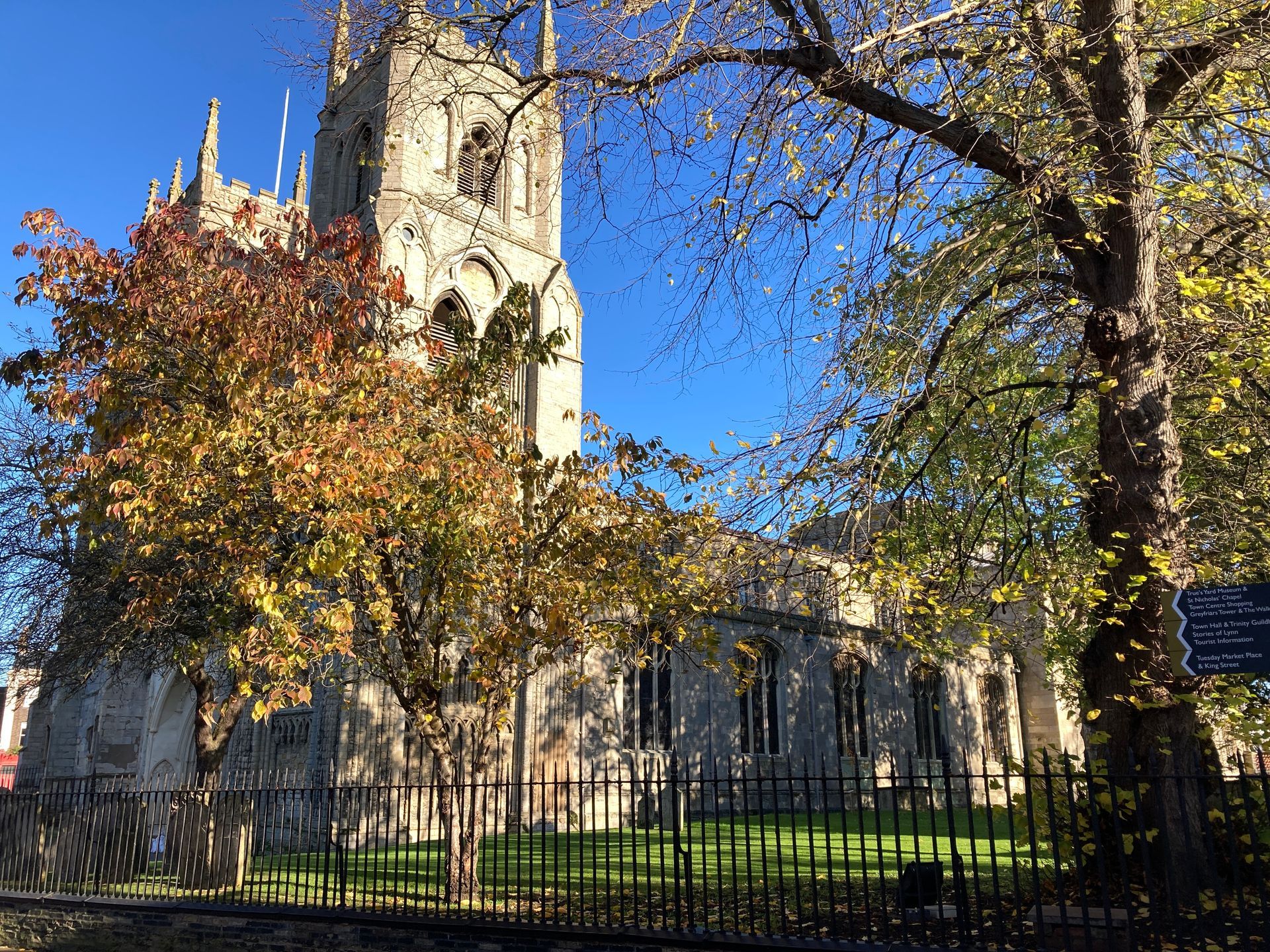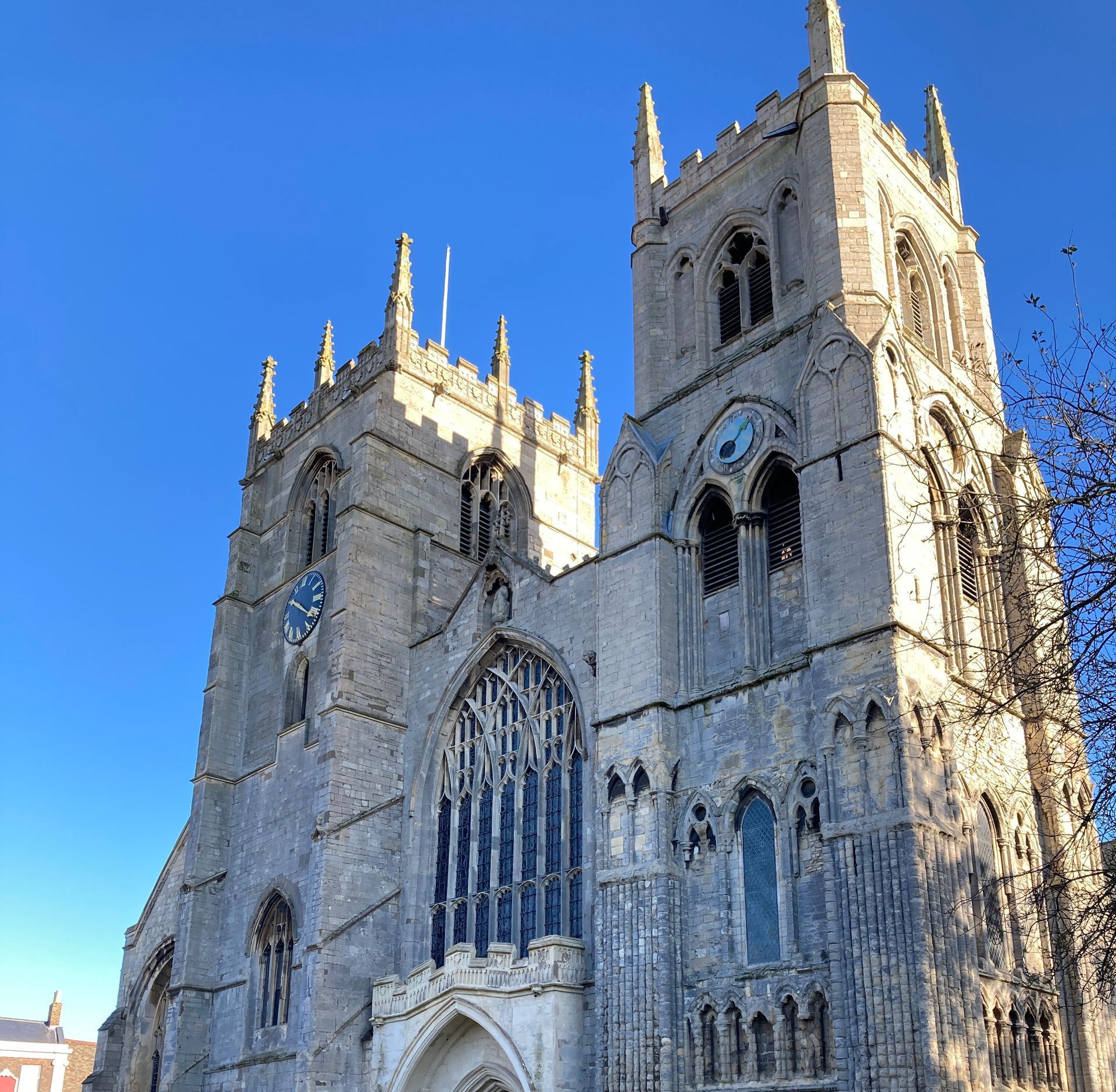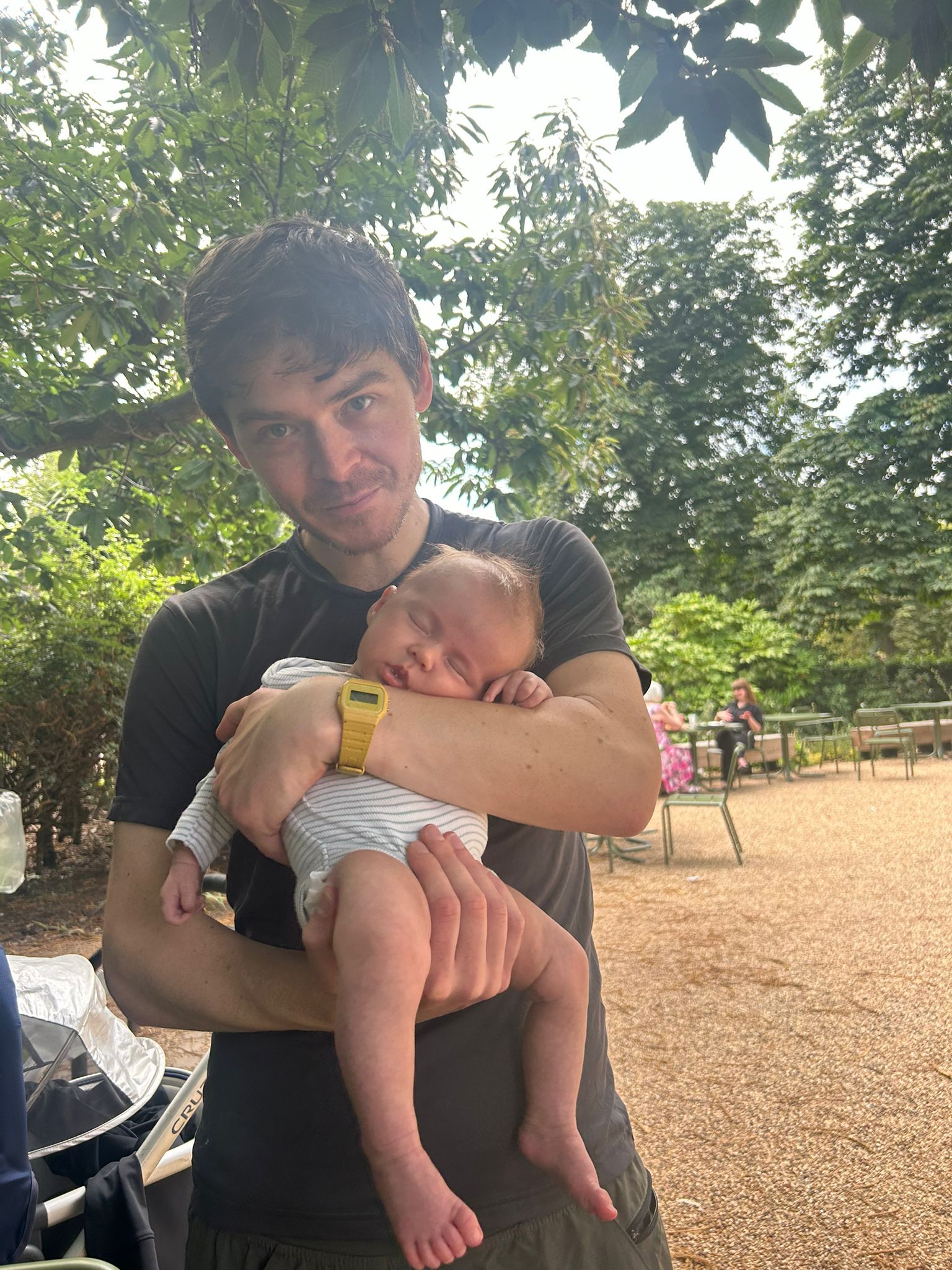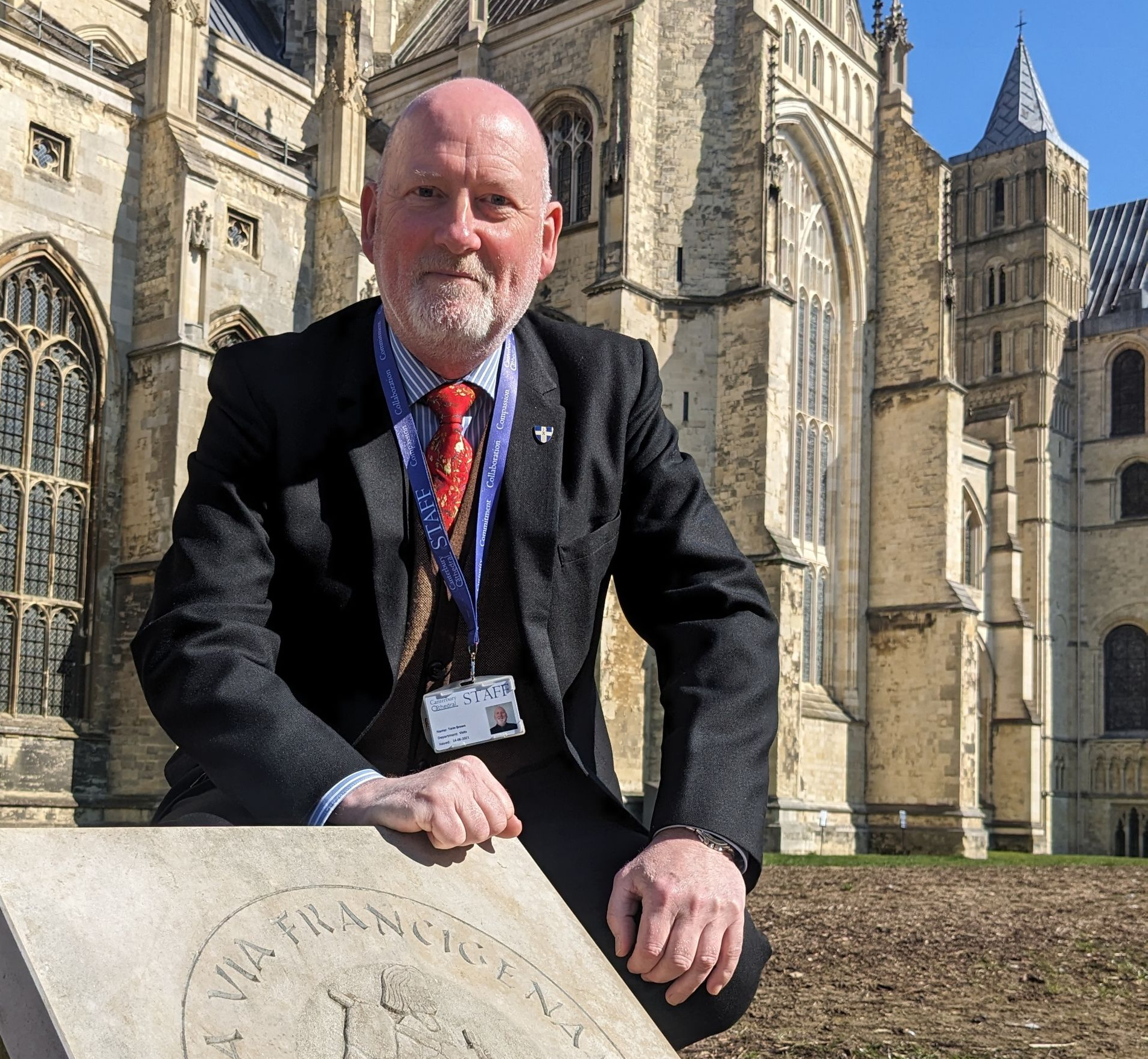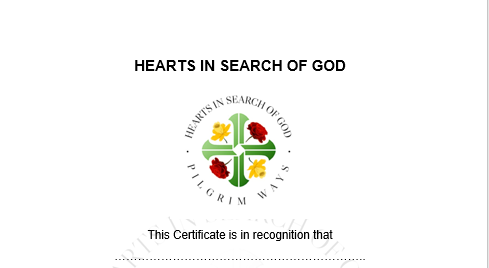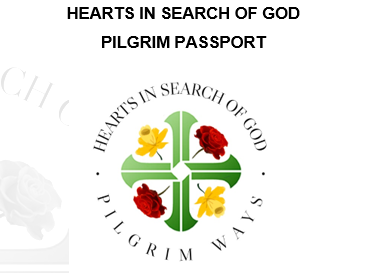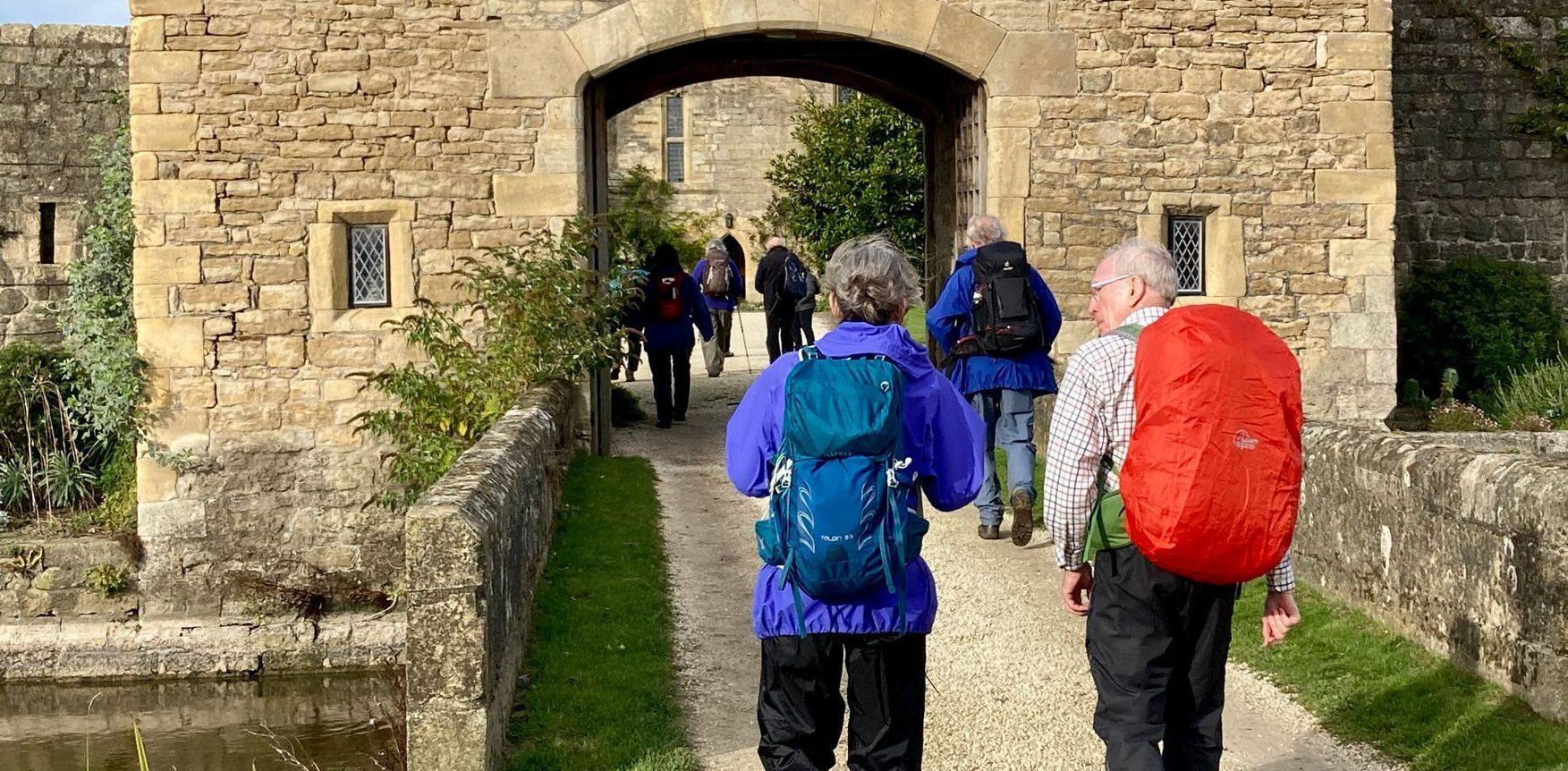From Shrine to Shrine: a Norfolk pilgrim path in honour of Our Lady of Walsingham
To walk from King’s Lynn to Walsingham is to follow in the footsteps of Margery Kempe, that remarkable 15th century visionary and mystic. It is also a walk between two shrines to Our Lady of Walsingham. And what a lovely walk it is.
Or course, much has changed since 1433 when Margery journeyed from her home town, via Walsingham, Norwich and Ipswich, on a pilgrimage to Prussia. For one thing, it would be over 450 years before Pope Leo XIII established the first post-Reformation Shrine to Our Lady of Walsingham in England, at the Church of Our Lady of the Annunciation, King’s Lynn.
For another, Margery Kempe would not live to see the creation of the remarkable Chapel of our Lady of the Mount, generally known as the Red Mount Chapel, in 1483. This was probably modelled on the Church of the Holy Sepulchre, the site of Christ’s tomb and ultimate goal of pilgrims to Jerusalem, and was created for those leaving Lynn on their way to Walsingham. It has three storeys, and pilgrims entered at the ground floor, an area that symbolised the tomb in which Christ’s body was lain. From there they followed a narrow stairway up to a middle level, which represented the empty tomb and the risen Christ. A final staircase took pilgrims up to the chapel roof, which reflected the ascension of Christ to glory. Red Mount makes a perfect stepping-off point from Lynn for modern-day pilgrims, if you can catch it on one of its rare open days.
When, in 1934, the Slipper Chapel at Walsingham became the National Catholic Shrine, its King’s Lynn precursor became a pontifical shrine, and hence makes a perfect starting point for Catholic pilgrims walking to Walsingham. Many came this way pre-Reformation, as is testified by the numerous pilgrim badges found in the mud of the Purfleet, where their ships docked, and now in Lynn’s museum.
Last year I published a guidebook to the London to Walsingham Camino, [ www.trailblazer-guides.com ] an attempt to assist pilgrims to walk on what was once the most important route in England, to our greatest Holy Shrine. Now I am moving to the next stage in my efforts to enable walking pilgrimage to Walsingham by identifying and re-instating the many other routes that ran across Norfolk to it.
I have around a dozen potential routes, where there is historic evidence that they were followed by Walsingham Pilgrims: a couple from King’s Lynn, the same number from Norwich, plus routes from Norfolk ports where there were ships licensed to carry pilgrims, including Yarmouth, Cromer, Cley, and Wells next the Sea. These are in addition – as far as I am aware – to routes already established or under development by others. These paths will take in other key Norfolk pilgrim destinations, including Bromholm Priory, which held a reputed fragment of the True Cross. Many of them were identified by Leonard Whatmore, in his 1973 publication Highway to Walsingham, but he didn’t walk them. That’s my task.
I made a start last week by walking one of the potential routes between Lynn and Walsingham, going via Castle Rising, and the Church of St Lawrence, with its really fine Norman west front. There was once an Anchorhold here, and I imagine Margery Kempe consulting the anchorite as she passed through on her way to Walsingham.
There is a curious echo of St Felix, who brought Christianity to East Anglia in round 630, in the Norman font. The church guide tells me: ‘There are three cat’s faces on the west side, possibly as a play on the fact that the old church was dedicated to St Felix (Felix being the Latin for cat)’ Or could they just be three devilish heads? Felix is believed to have reached Norfolk by boat, sailing up the Wash to the hamlet of Babingley, just a half-mile north of Castle Rising.
A second highlight of the path I am exploring came on day two, when I reached the ruins of Creake Abbey, dedicated to St Mary of the Meadows, at North Creake. Here, a group of Augustinian canons founded the Hospital of St Bartholomew in 1217. What began as a small chapel became a priory with a substantial church, but its fortunes took a drastic turn. In 1484 it was devastated by fire, after which pestilence struck, killing each of the canons in turn, until the abbot died alone in 1506.
Next steps
At the bottom of this post you will find links to GPX mapping of this route, split into two day-walks, which you can download, and follow on your phone. They aren’t definitive, and if you should walk them your comments (and potential improvements) are welcome, via andyzbull@gmail.com.
A King’s Lynn Pilgrim Trail offers a guide to the many interesting places in the town, including those associated with Margery Kempe. For more about her fascinating life read Anne E Bailey's blog on this website.
The Hearts in Search of God Diocese of East Anglia Pilgrim Way from Norwich to Walsingham can be found here.
GPX mapping downloads
King’s Lynn to Great Bircham (16.3 miles)
Great Bircham to Walsingham (15.3 miles)
